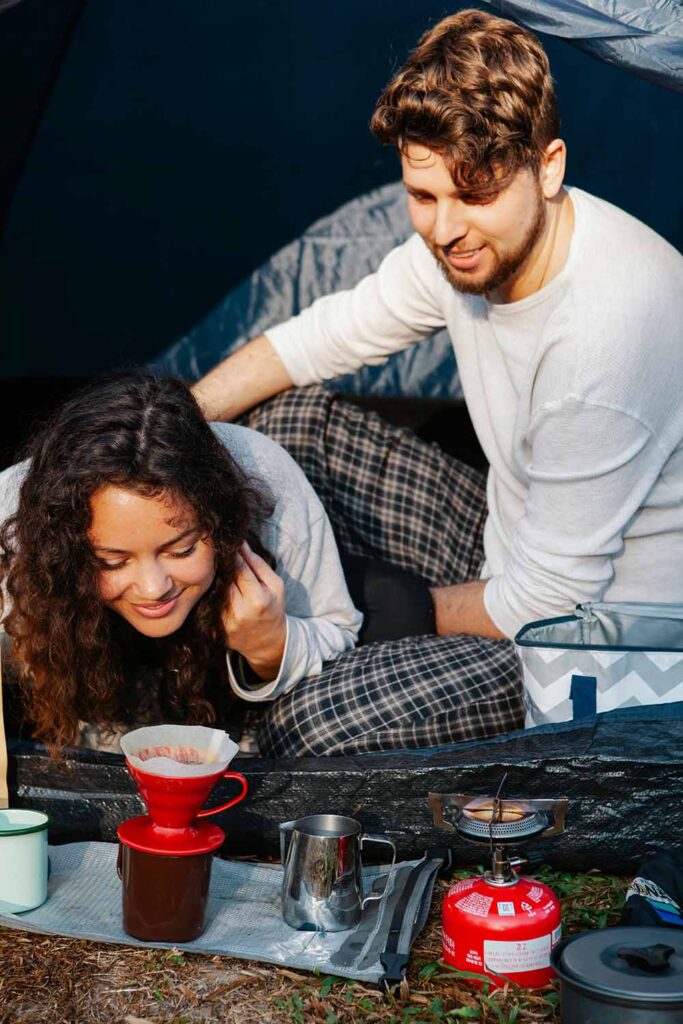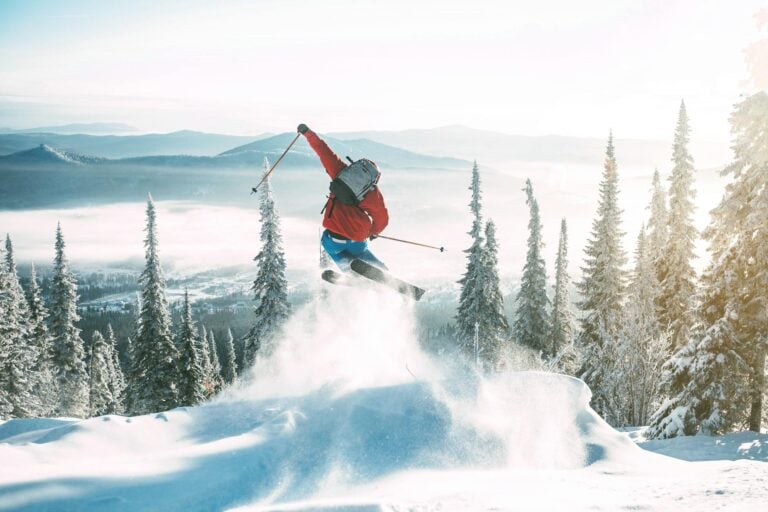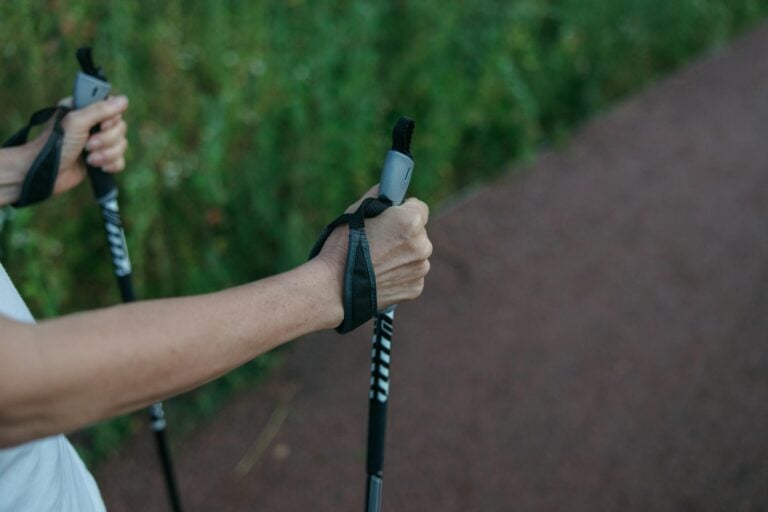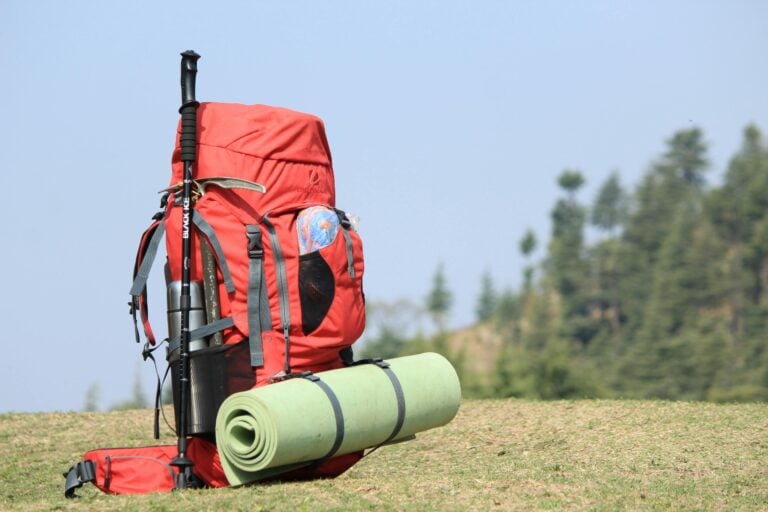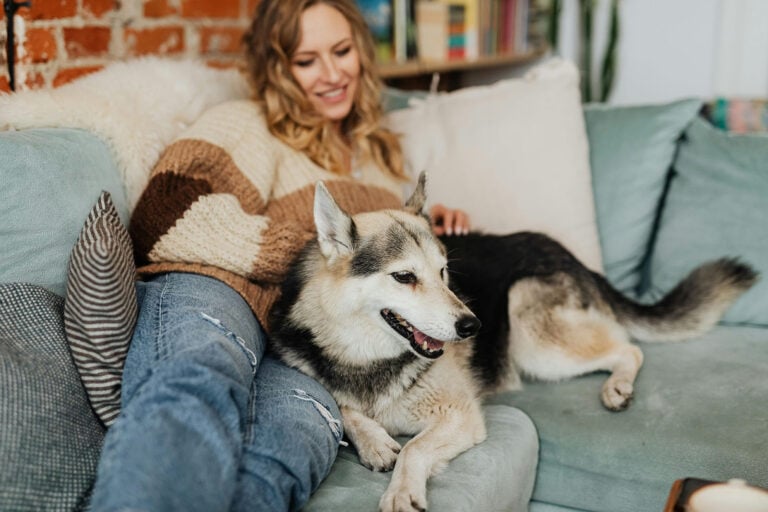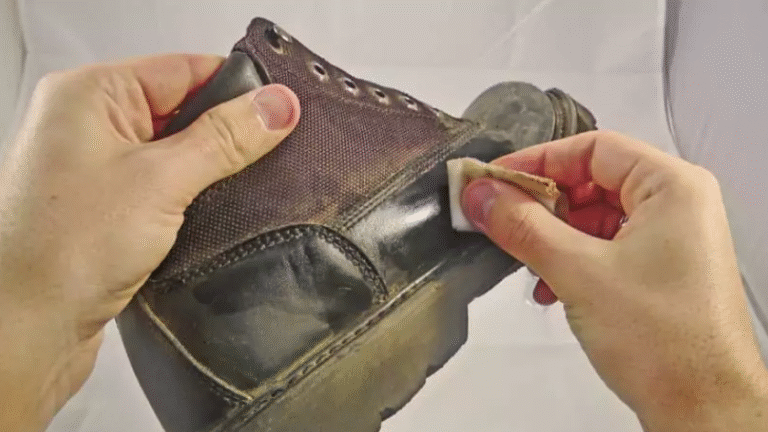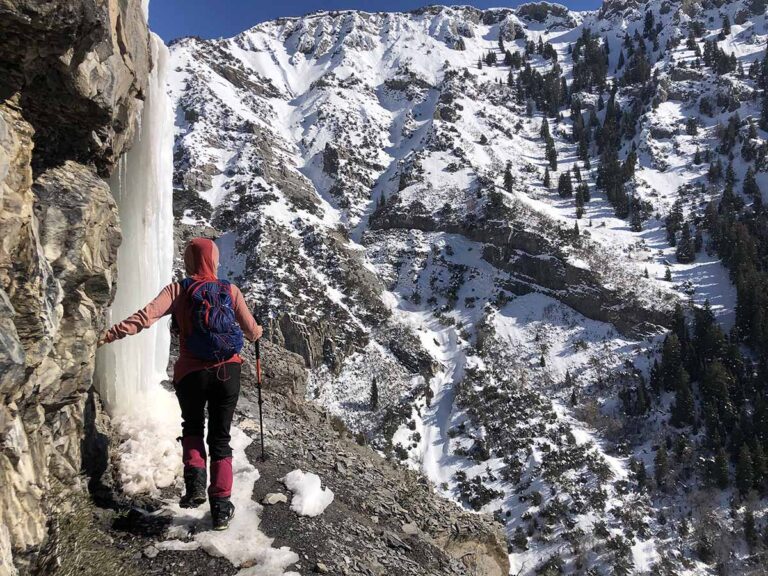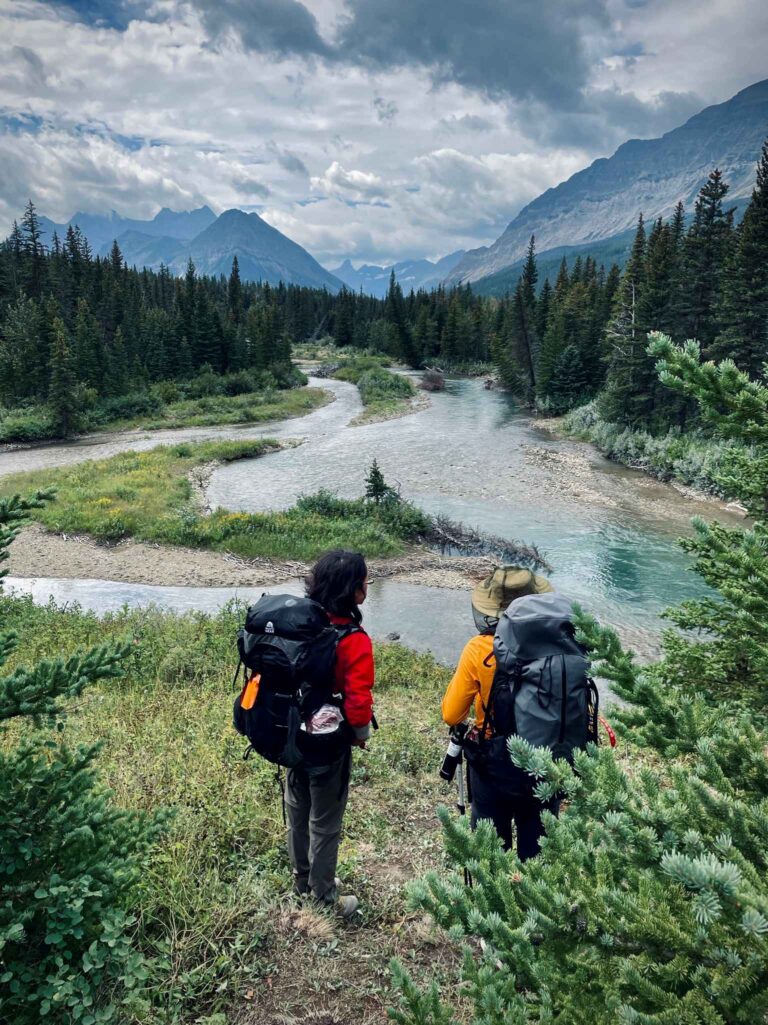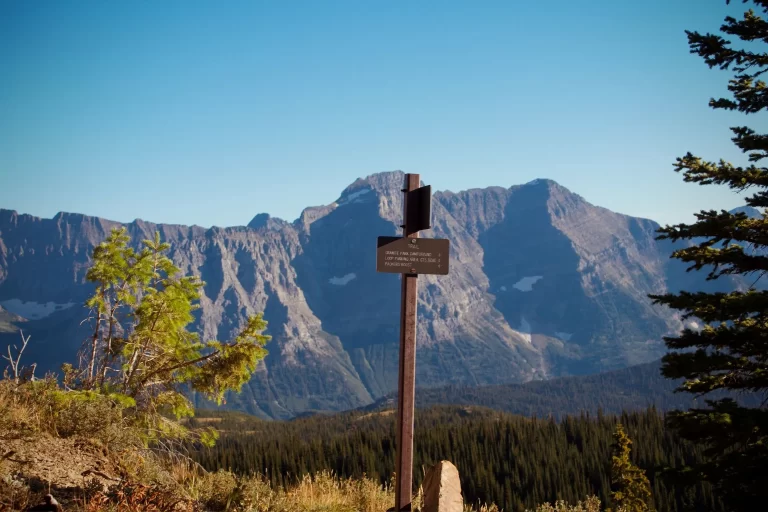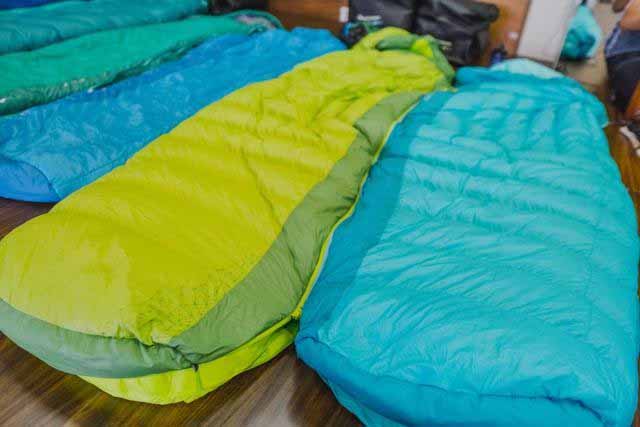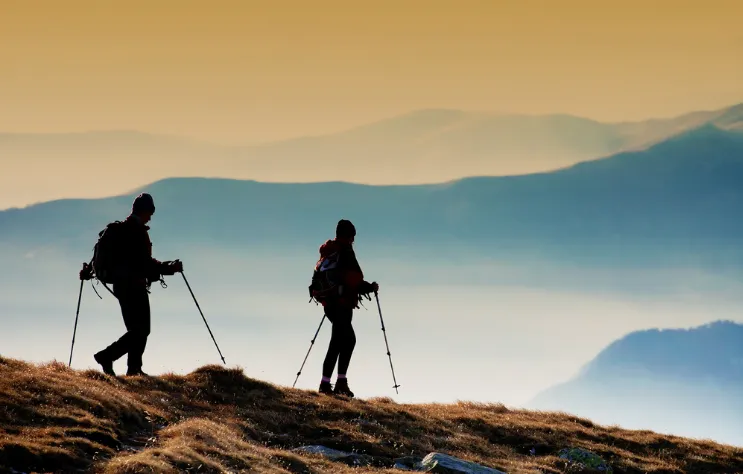Outdoor enthusiasts depend on the combination of birdsong and misty mornings while enjoying their hot aromatic coffee as an essential element of their camping experience.
The practice extends past sleep elimination because it develops into a sacred bond with nature. Creating coffee in the wilderness which matches professional standards requires more than basic skills.
A step-by-step guide about camping coffee preparation includes all fundamentals alongside sophisticated brewing methods and equipment recommendations to transform you into an expert wilderness coffee connoisseur.
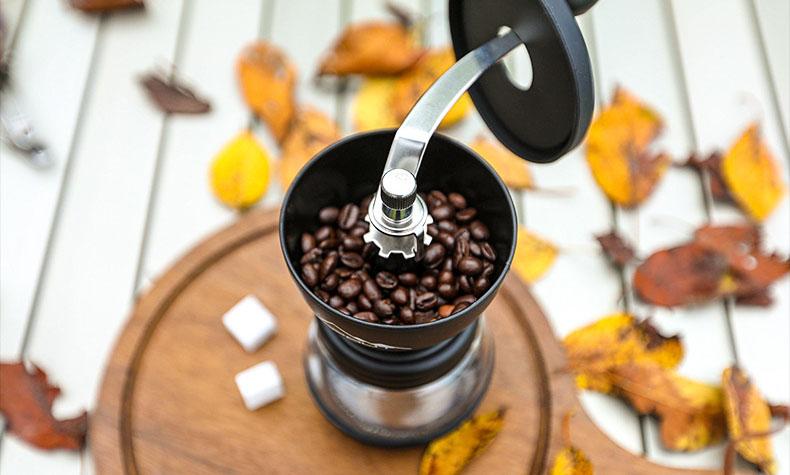
Why Aim for Quality Coffee When Camping?
People generally settle for instant coffee while they are camping. Indeed, instant coffee is convenient. Superior taste alongside deeper satisfaction and more rewarding brewing experience demands proper selection of beans together with equipment and brewing techniques.
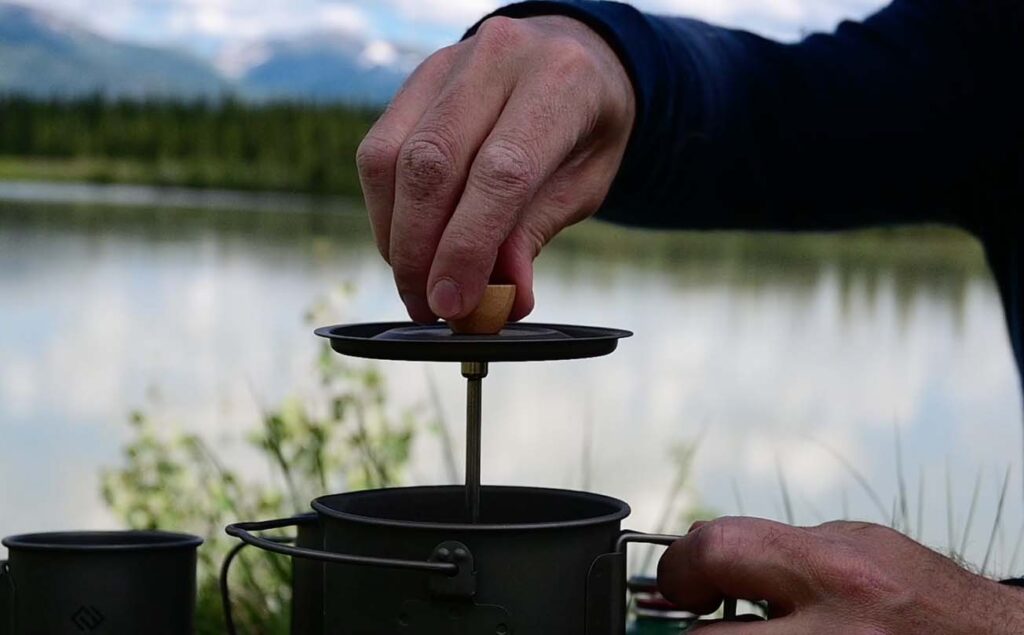
Freshly ground coffee beans deliver complex aromas and rich flavors that outmatch instant coffee. The natural environment helps your perception become sharper which makes premium coffee create a more profound impact on your outdoor adventure.
The process of bean grinding and temperature management and precise brewing creates meditative experiences which help people escape their busy lifestyle.
Coffee preparation in the wilderness creates social opportunities that lead to meaningful connections between campers.
The process of developing wilderness coffee skills creates personal accomplishment that brings satisfaction to the coffee maker.
Camping Coffee Gear
French Press
How it works: Coffee grounds steep in hot water, then a plunger with a filter presses them to the bottom.
Pros: Simple, robust flavor.
The fine grounds remain in solution while glass French Press models lack outdoor durability so users should choose stainless steel or Tritan variants.
Ideal for: Campers preferring bold flavor and comfortable with extra cleaning.
Pour Over
The process of this brewing method involves pouring hot water over coffee grounds through a paper filter which allows the liquid to flow into the cup.
The equipment provides clear flavors alongside refined taste notes along with its small size and lightweight design.
The process requires both expertise and specific components including filters and gooseneck kettles.
Ideal for: Those who cherish clean, precise coffee flavors.
AeroPress
The device uses immersion and pressure extraction methods to force coffee through a filtration system.
The combination of rapid brewing time (1-2 minutes) and clean taste and simple maintenance makes this device suitable for outdoor use.
The equipment produces limited servings and needs specific filters to function.
Ideal for: Solo or pair campers seeking efficiency and quality.
Moka Pot
How it works: Uses steam pressure to push hot water through grounds, creating espresso-like coffee.
Pros: Strong, espresso-like brew; durable metal build.
The equipment demands precise temperature management and users must perform maintenance on their aluminum pots.
Ideal for: Espresso lovers with reliable heat sources.
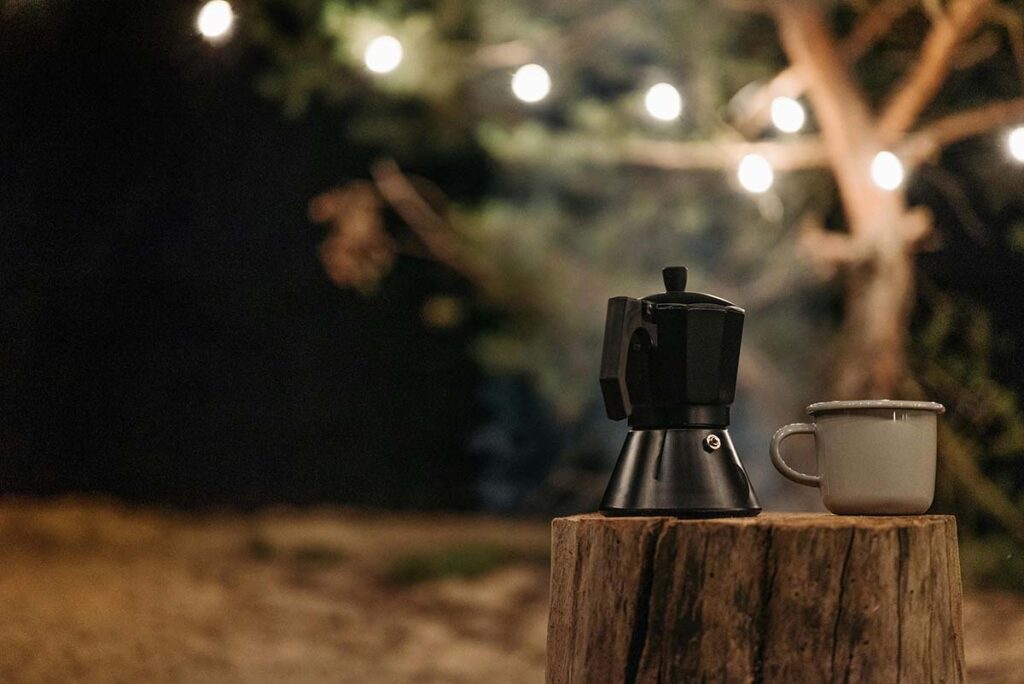
Portable Espresso Maker
The device generates pressure through manual methods or cartridge systems to produce authentic espresso.
Pros: Real espresso with crema.
Cons: Expensive, somewhat complex operation.
Ideal for: Serious espresso enthusiasts.
Cowboy Coffee
The process involves boiling ground coffee beans directly in water followed by allowing it to settle.
Pros: Minimal gear needed.
Cons: Rough taste, sediment issues.
Ideal for: Minimalist backpackers or emergency use.
Drip Bag Coffee
The brewing method involves placing pre-packed grounds in a filter bag that hangs above a cup.
Pros: Very convenient, better than instant coffee.
Cons: Higher cost per serving; freshness varies.
Ideal for: Campers valuing convenience without sacrificing quality entirely.
Core Elements to Wilderness Coffee Master
1. Quality Beans
- Beans maintain their optimal flavor profile between two weeks to two months following the roasting process. Grind right before brewing.
- National Coffee Association promotes the use of ground coffee immediately after grinding to achieve the best possible taste according to their authority. (Source: NCAUSA – “How to Brew Coffee“)
2. Pure Water
- Water represents the main component of coffee at 98% so pure water affects the final flavor profile. Natural water sources require filtration or use bottled water as an alternative.
- Specialty Coffee Association recommends water purity levels between 75-250 ppm with 150 ppm as the ideal target (SCA).(Source: SCA – “Water Standards“)
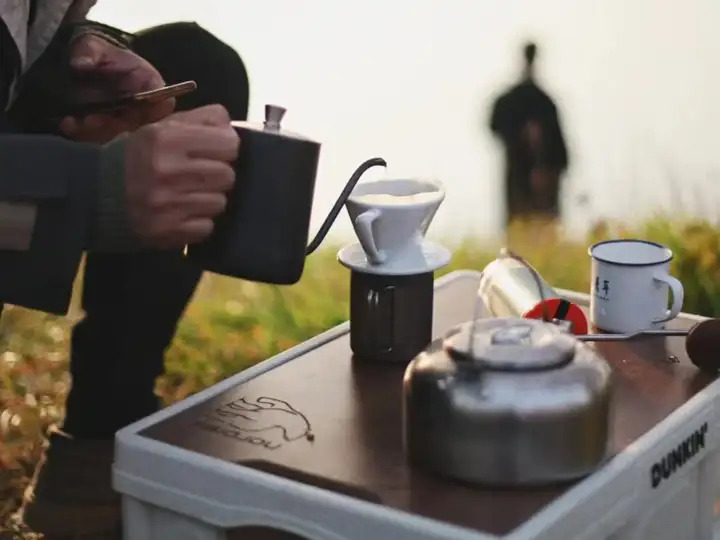
3. Water Temperature
- Ideal range: 195-205°F. Boil water, then let it cool slightly.
- Perfect Daily Grind states that extraction works at its best between 195-205°F according to their specifications.The brewing ratios span between 1:15 to 1:18 for coffee grams and water milliliters.(Source: Perfect Daily Grind – “How Does Water Temperature Affect Coffee Extraction?”)
4. Extraction Time
- The time needed for extraction depends on the selected method which includes 4 minutes for French press and 2-4 minutes for pour-over and 1-2 minutes for AeroPress.
5. Reliable Heat Source
- The recommended heat sources for camping include canister stoves and liquid-fuel stoves because they provide stable heat control.
Recommended Camping Coffee Gears
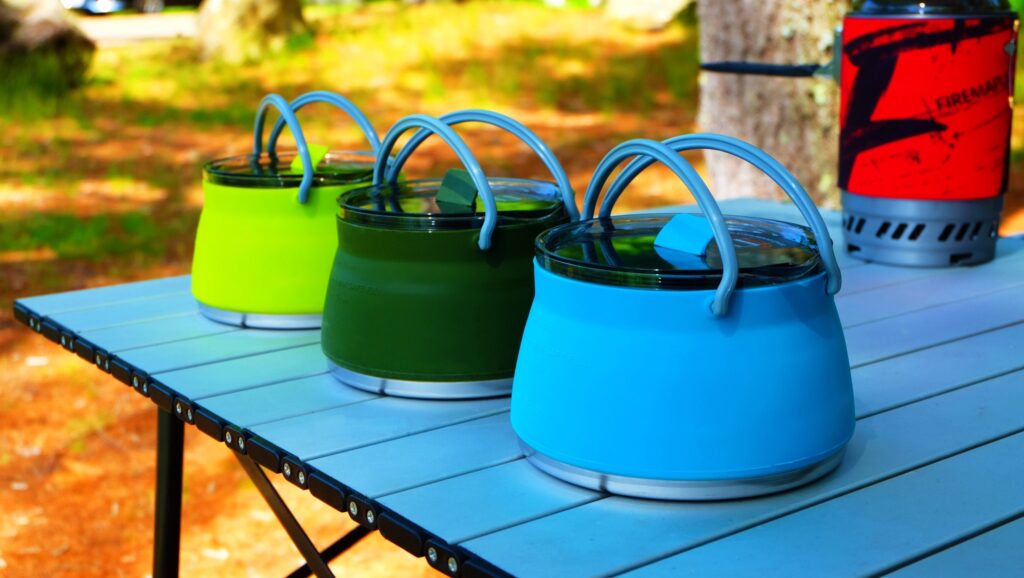
1. ExploreGears Camping Pot
This versatile lightweight pot serves multiple functions by heating water for brewing and cooking purposes.
2. AeroPress Go
The AeroPress Go stands as a compact easy-to-use device which GearJunkie and OutdoorGearLab highly recommend because of its convenience and quality features.
3. Hario V60 Set (Plastic/Metal Dripper, Hand Grinder, Gooseneck Kettle)
The set offers excellent flavor control and durability making it perfect for brewing enthusiasts who need lightweight equipment.
Practical skills
Preheating
Before you brew, pour a little hot water into your coffee pot, mug, or cup to warm them up. This helps keep your coffee from cooling down too fast when it hits cold gear, which can dull the flavor and mouthfeel.
Blooming
If you’re using a pour-over or French press, start by pouring just a bit of hot water over the grounds—about twice the amount of coffee you’re using—and let it sit for 30 to 45 seconds. This helps release carbon dioxide from the coffee, making for a more even and flavorful extraction.
Controlling the Pour
When pouring, go slow and steady. Start in the center and spiral outward in smooth circles, then back to the middle. Avoid dumping water right onto the edges of the grounds—it can lead to uneven brewing.
Outdoor Brewing Tips
1. Cold Weather
In chilly conditions, everything cools down fast—including your water and gear. Use slightly hotter water and make sure to preheat your equipment well so your brew stays hot and balanced.
2. High Altitude
The higher you go, the lower the boiling point of water (about 1°C lower for every 300 meters or ~1,000 feet). That means your water might boil at less than 195°F (90°C), which can under-extract your coffee. To fix this, try grinding your coffee a bit finer or increasing your brew time to pull out more flavor.
Source: The U.S. Department of Agriculture Food Safety and Inspection Service (USDA FSIS) explains the effect of altitude on boiling point. (USDA FSIS – “High Altitude Cooking and Food Safety” )
Leave No Trace
While enjoying delicious coffee, be sure to protect the natural environment on which we rest.
Disposal of coffee grounds
- Pack it out: This is the most responsible approach. Put the wet coffee grounds (including filter paper) in a sealed bag and take them out of the campsite. They can be used as compost when you return home.
- Cathole: If you really can’t take it away and local regulations allow, you can imitate the method of dealing with human excrement, dig a 6-8 inch deep cat hole, bury the coffee grounds deeply, and cover them with original soil. However, coffee grounds decompose slowly and may attract animals. This method is not recommended in all areas.
Ref: Leave No Trace Center for Outdoor Ethics (Source: LNT.org – “Principle 3: Dispose of Waste Properly“)
Cleaning gears
Use detergents as little as possible. If you must use them, use biodegradable detergents and clean them away from water (at least 60 m / 200 ft) and discard the waste water on land, not into streams or lakes.
For a French Press or AeroPress, scrape off most of the coffee grounds and rinse with a small amount of water.
Path from Beginner to Master
- Tasting and recording: Try coffee beans from different origins, different processing methods, and different roasting degrees. After each brew, take some time to taste and record the flavor characteristics (acidity, sweetness, bitterness, mellowness, aftertaste, etc.) and your brewing parameters.
- Learning: Learning from professionals can help you master systematic knowledge and skills faster.
- Communication: Join the community to share experiences and learn from each other.
- Experiment: Don’t stick to fixed parameters, try changing variables (grinding degree, water temperature, coffee powder water ratio, soaking time, etc.) to observe their impact on flavor.

Out in the wild, far from the noise of everyday life, making a rich cup of coffee for yourself and your camp buddies is about more than just the drink—it’s a whole experience. It’s a moment of focus, a small act of self-care, and a beautiful way to connect with nature.
From choosing the right gear—like the super lightweight and foldable camping pot — to dialing in your grind, water temperature, and brew time, every step is part of the adventure.
We hope this guide helps you take your first steps toward becoming a true Wilderness Coffee Master. Let the smell of fresh coffee fill your camp mornings.
Pick up your gears, head for the hills, and start your own wild coffee journey!
